Cap Anson
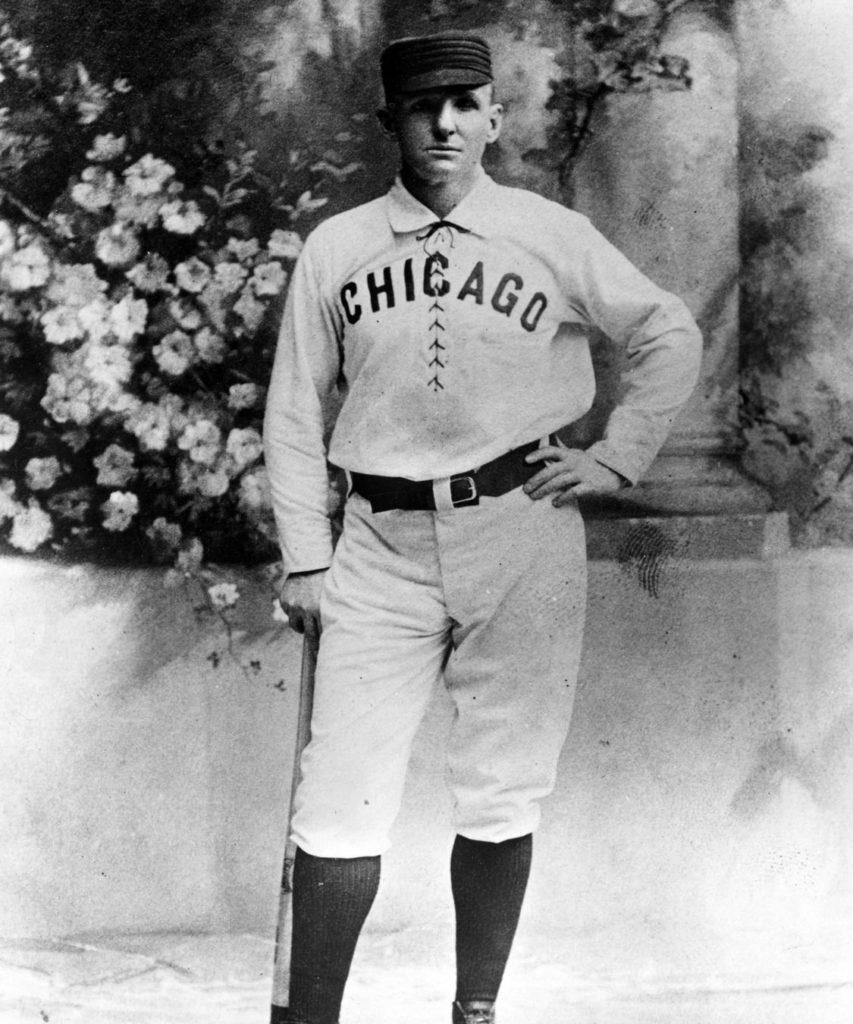
| Birthdate | 4/17/1852 |
| Death Date | 4/14/1922 |
| Debut Year | 1871 |
| Year of Induction | 1939 |
| Teams | Athletics, Cubs, Rockford Forest Citys |
| Position | First Base |
Adrian “Cap” Anson was the 1st in baseball history to record 3,000 hits. As one of the game’s first superstars, he was elected to the Hall in 1939.
Leave a commentIn the collection:
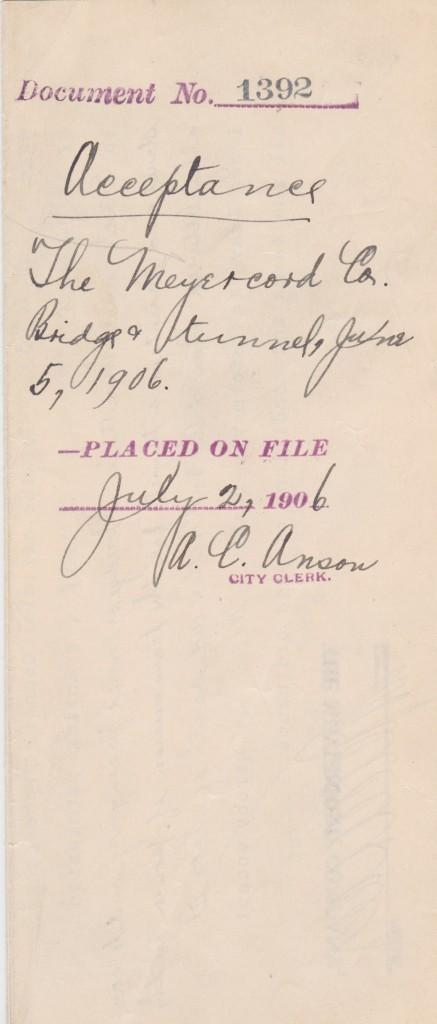
Cap Anson played 27 seasons from 1871-1897 and became the first to 3,000 hits
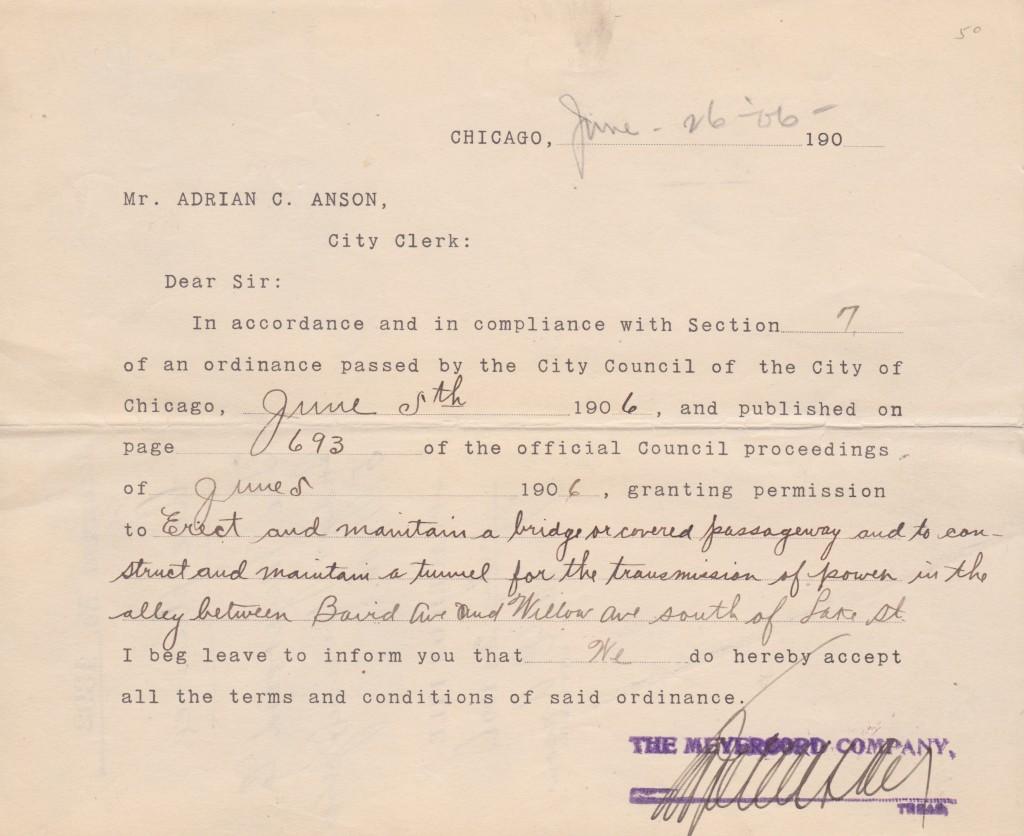
Anson still holds many records for the National League's Chicago franchise
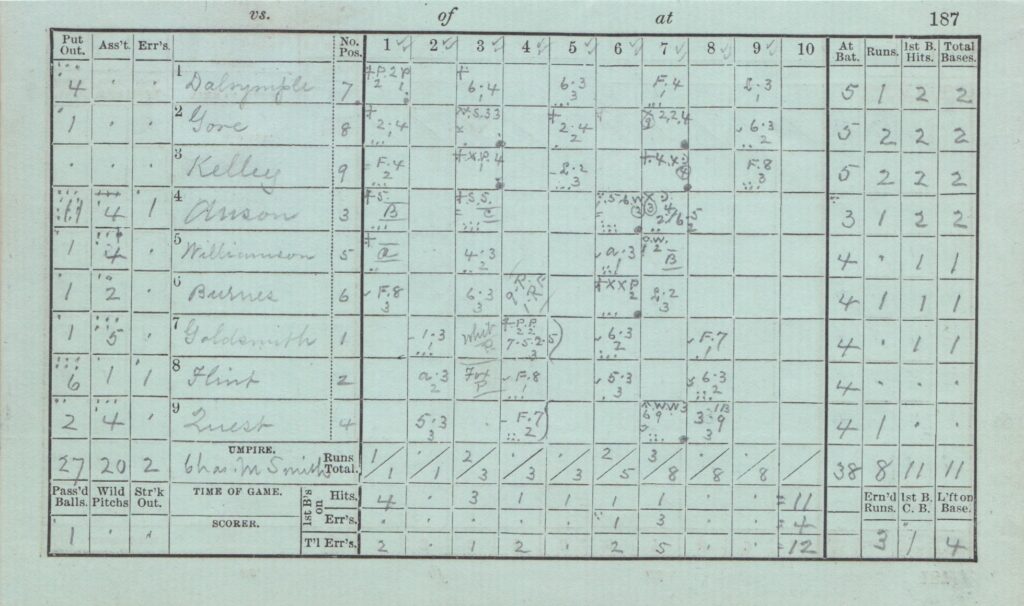
Cap Anson went 2-for-3 with a run scored in his team's 8-2 win on 6/21/1881
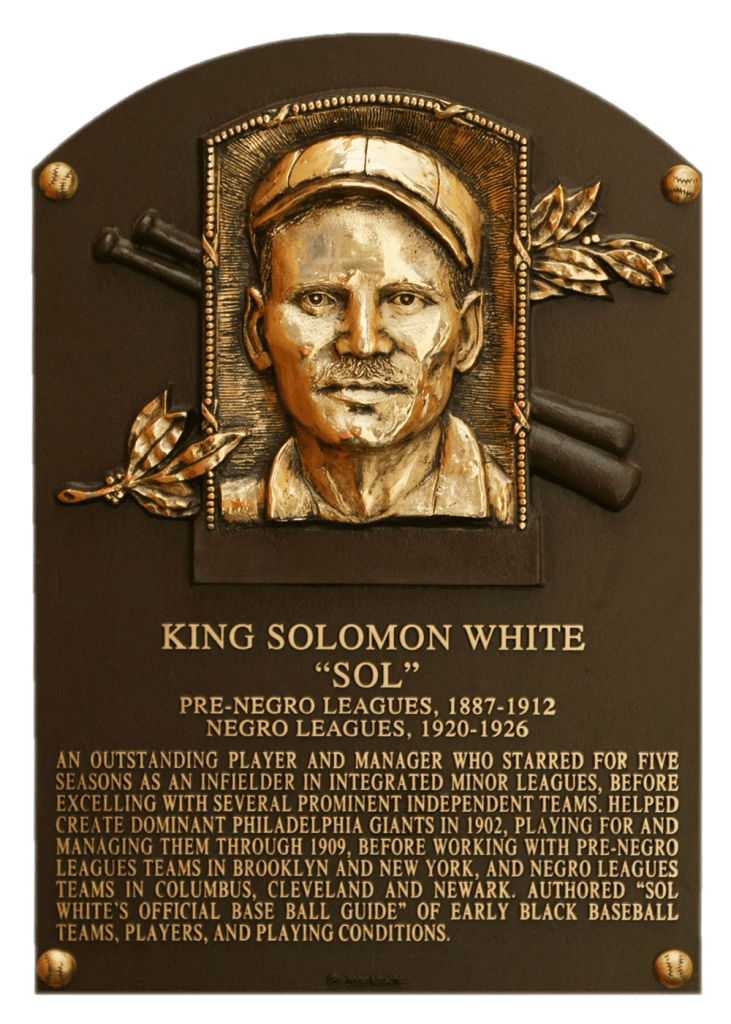
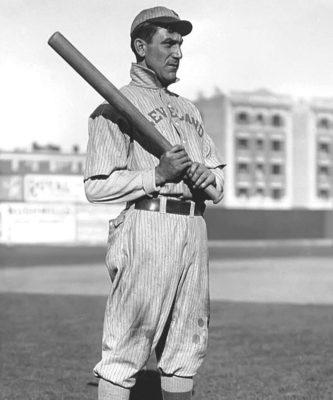
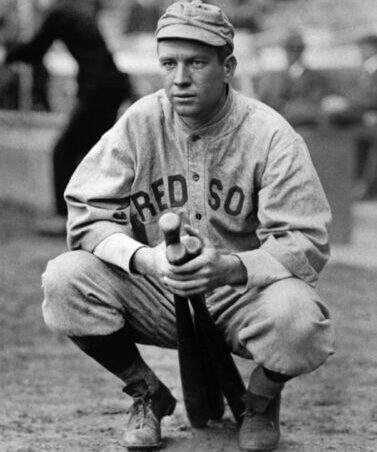
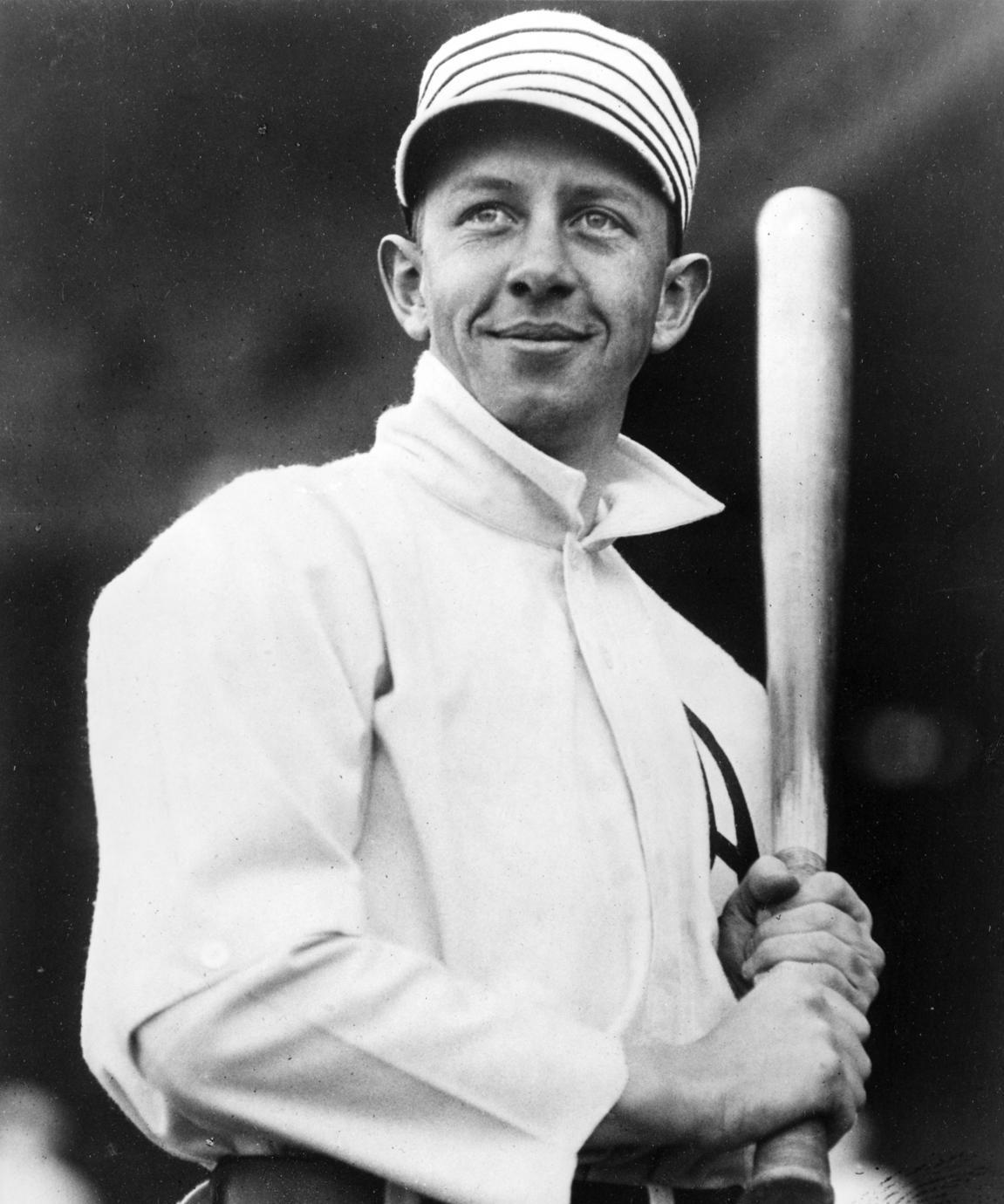
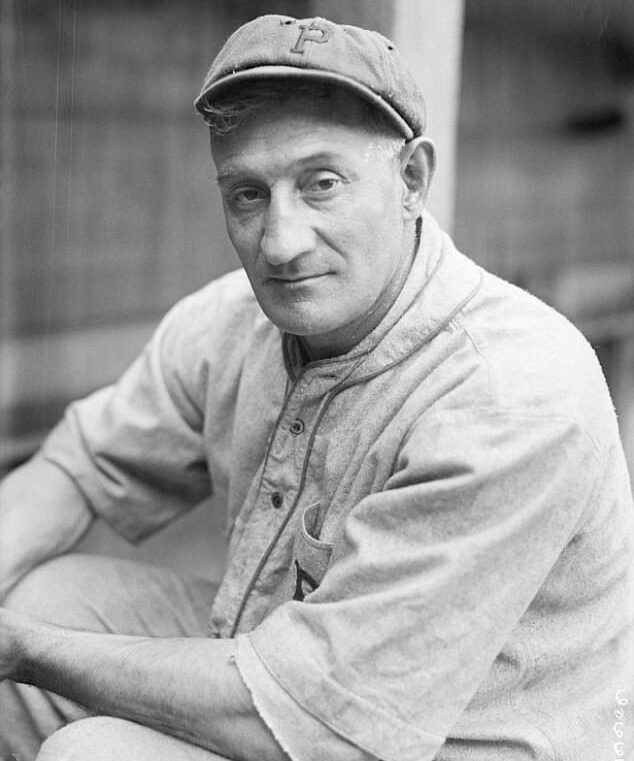
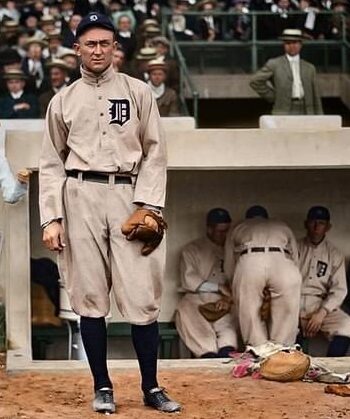
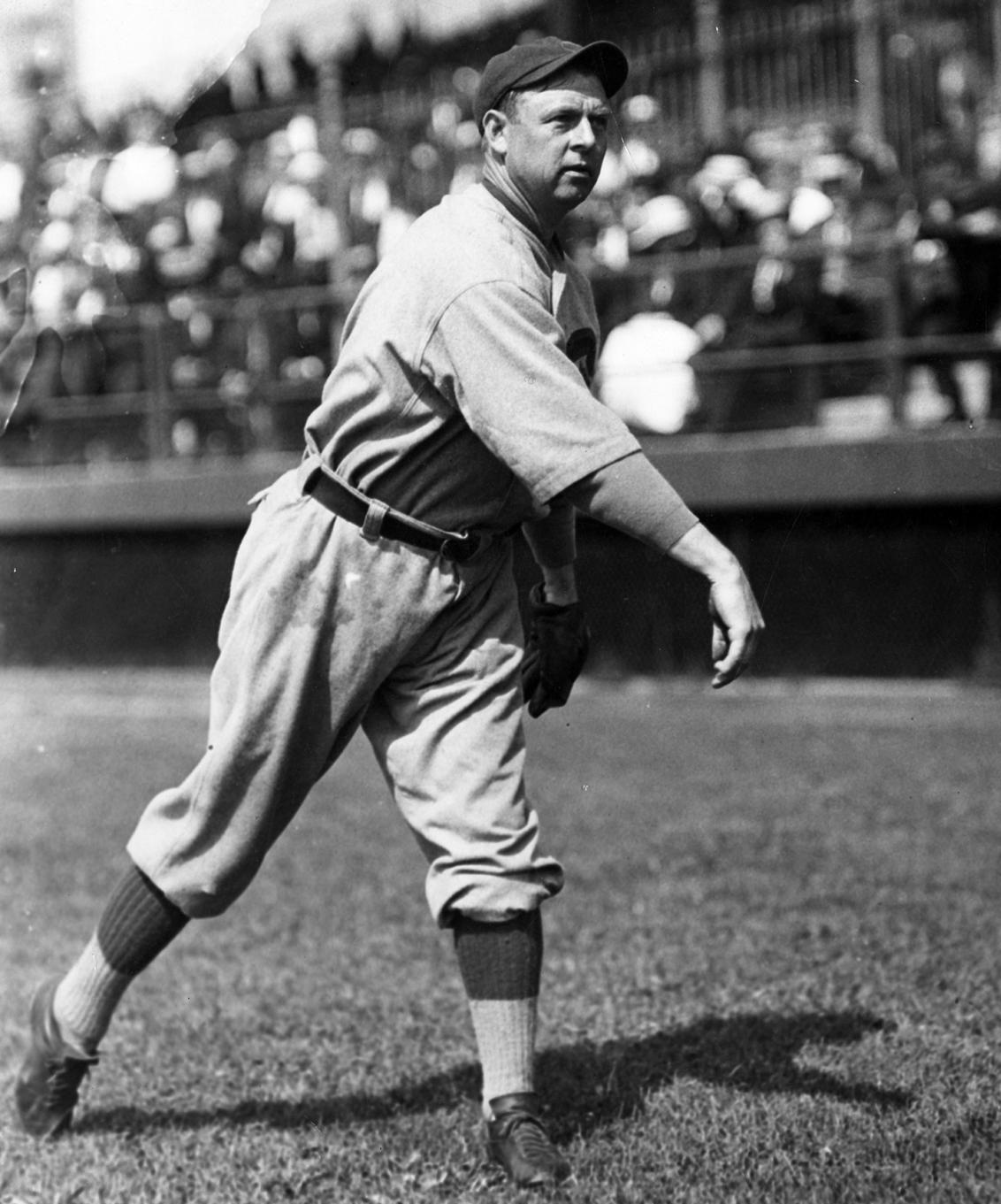
Cap Anson was also an outspoken racist and almost single handedly lobbied to remove all African Americans from professional baseball. Names like Walker and Fowler are mere footnotes because of Anson. No love for this man here.
I agree Howard